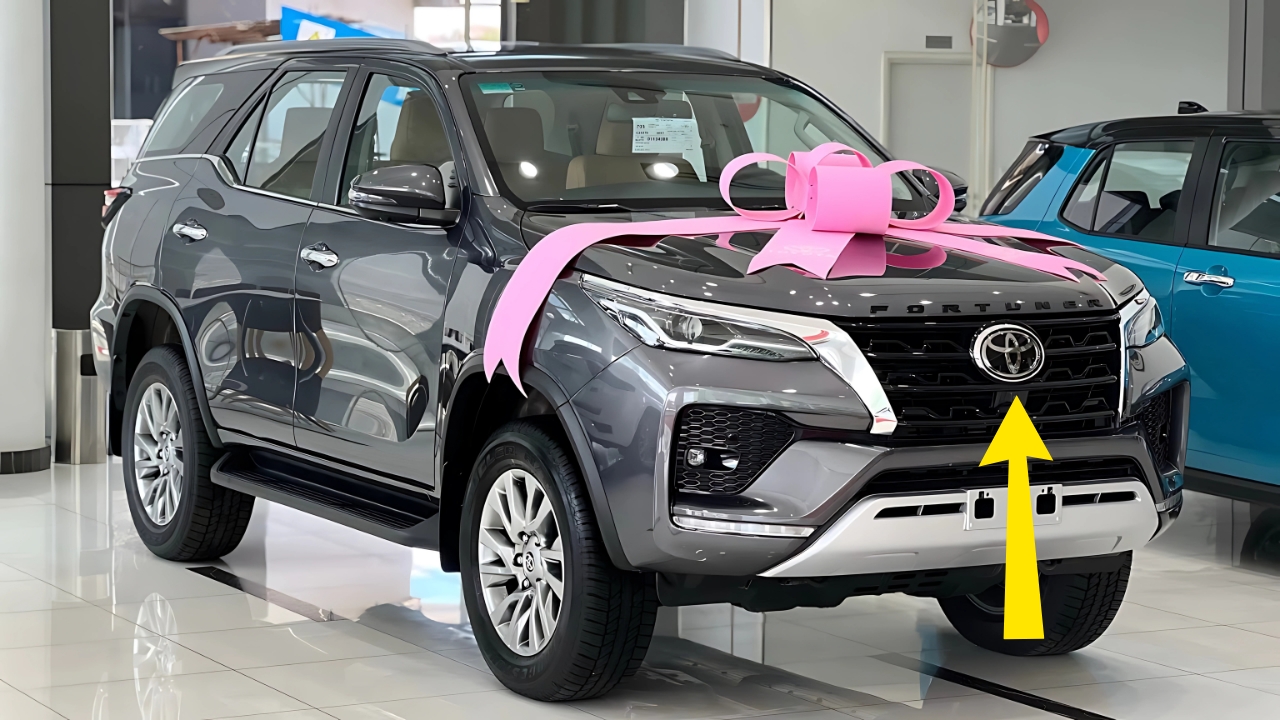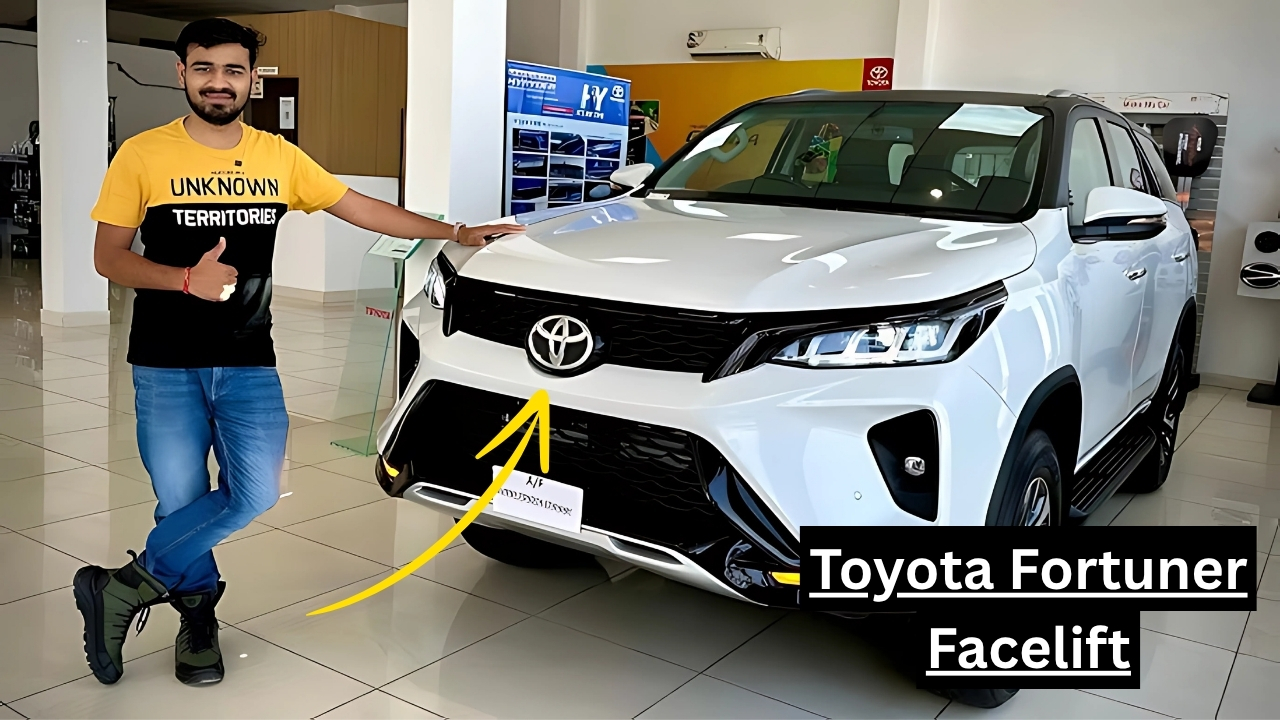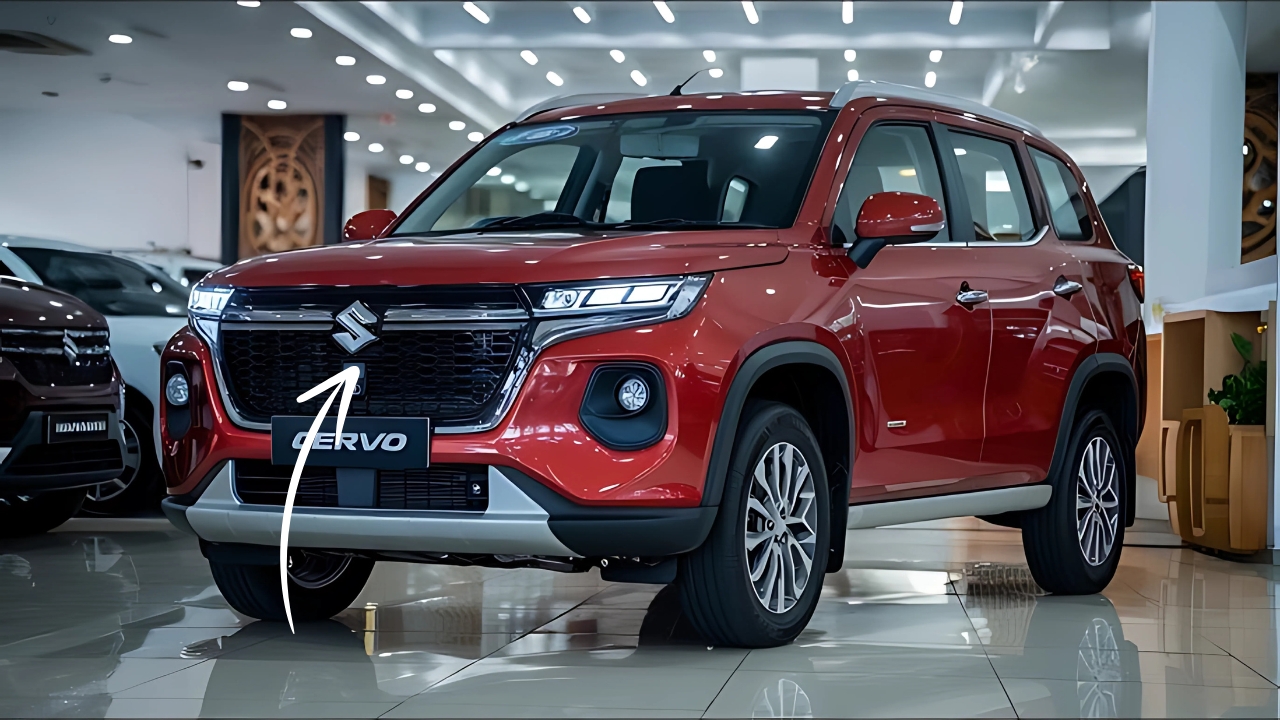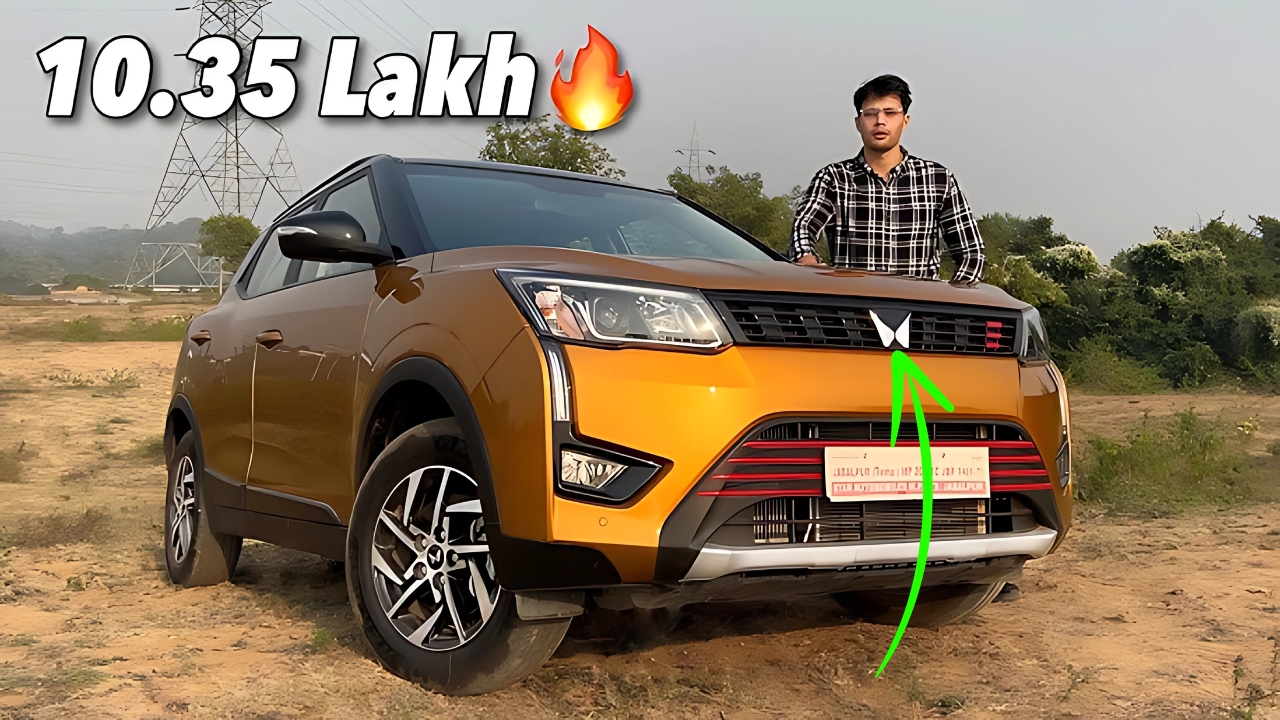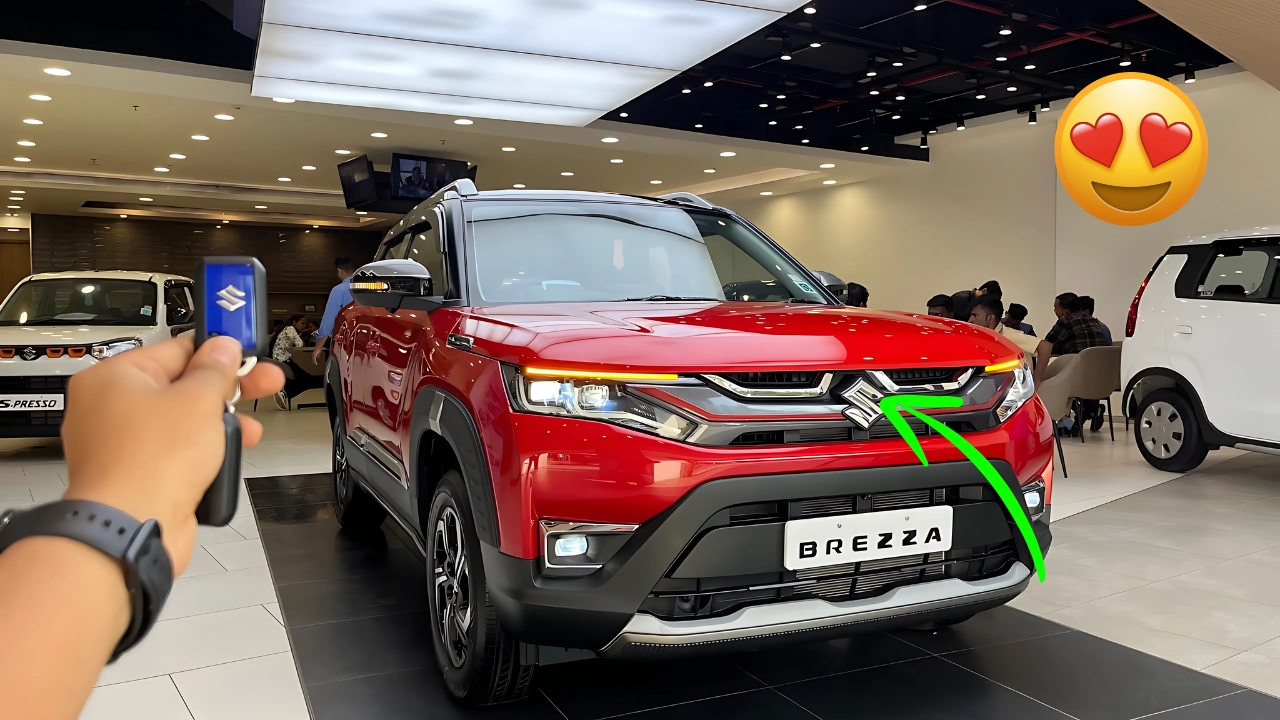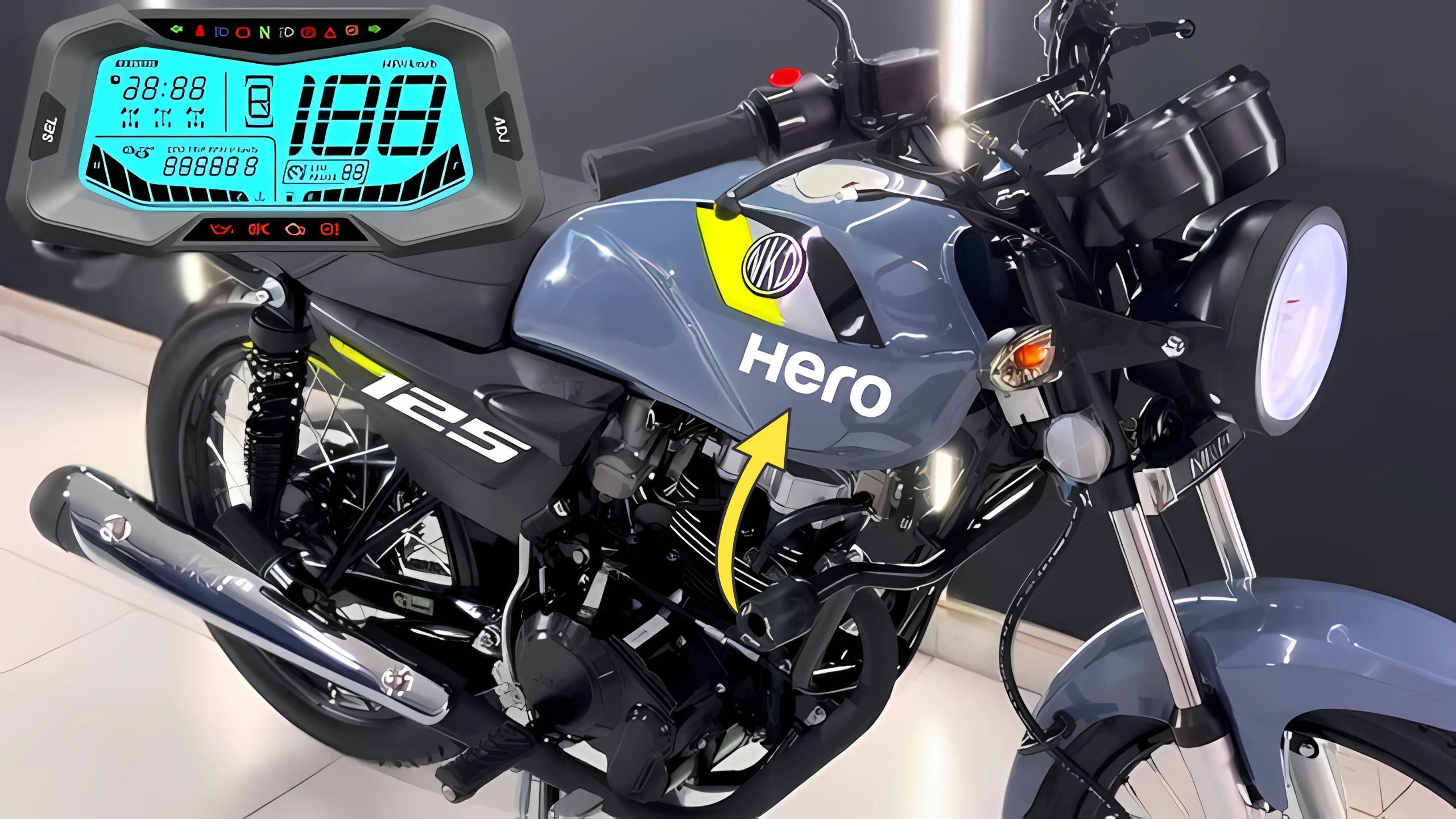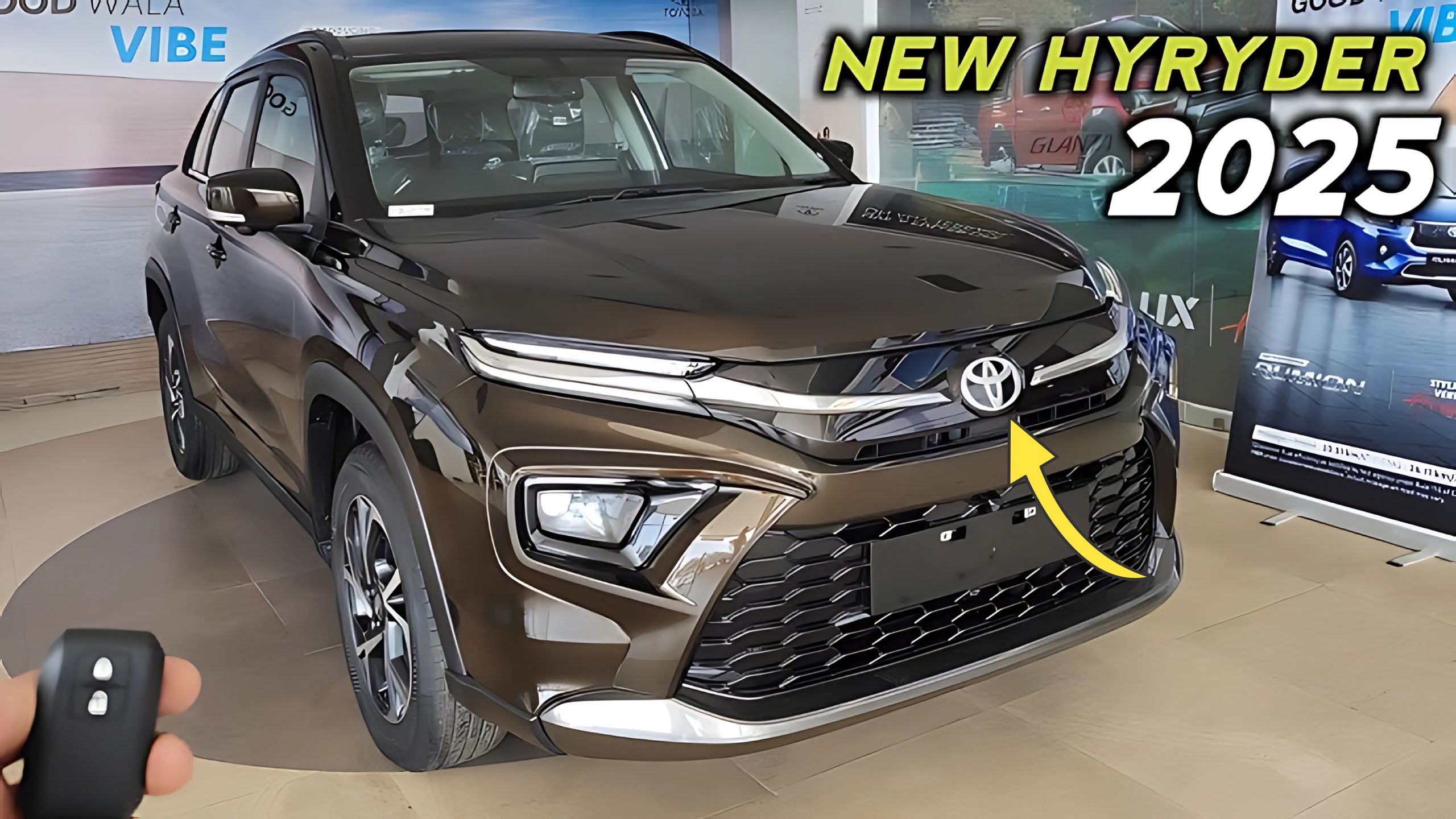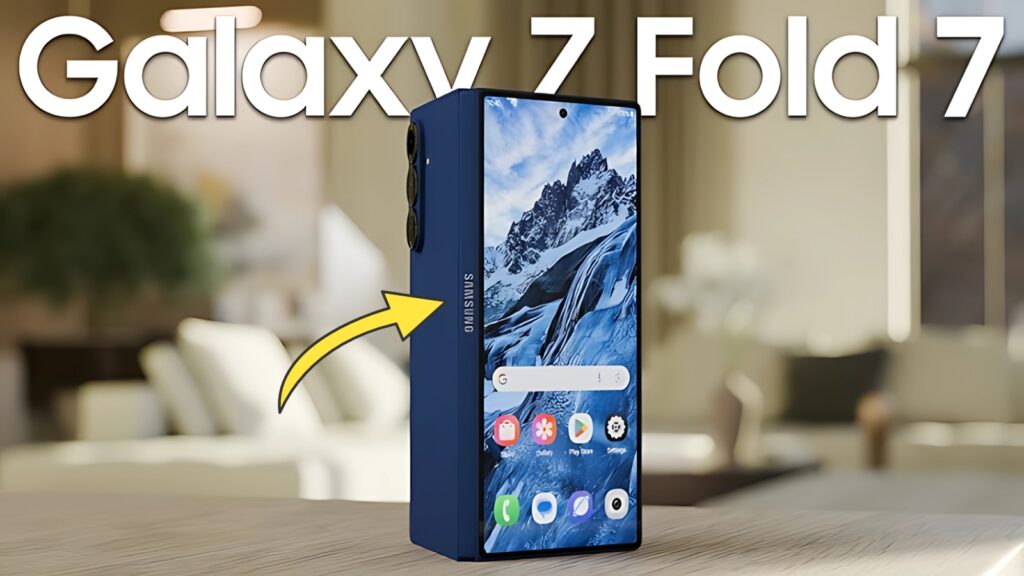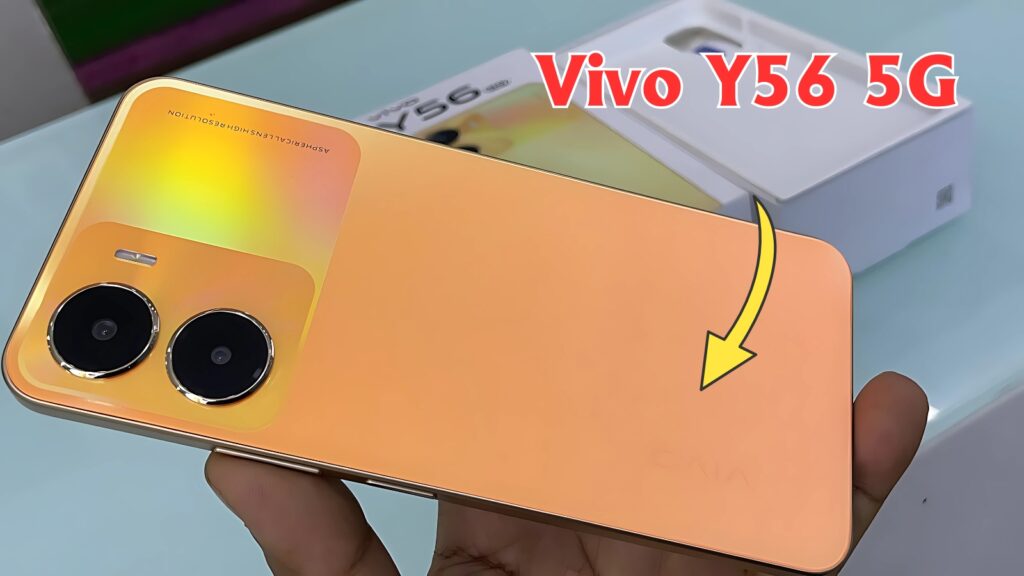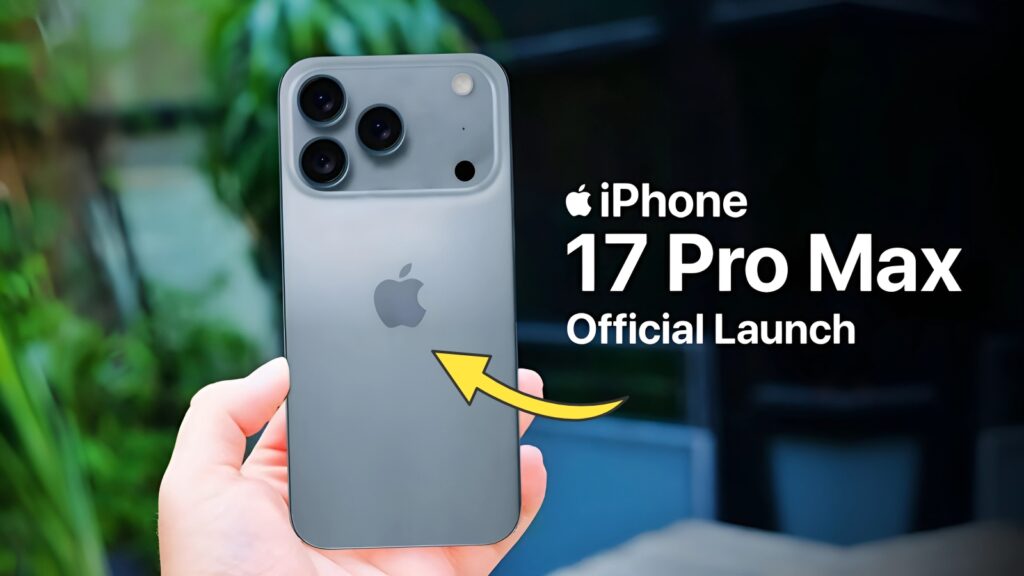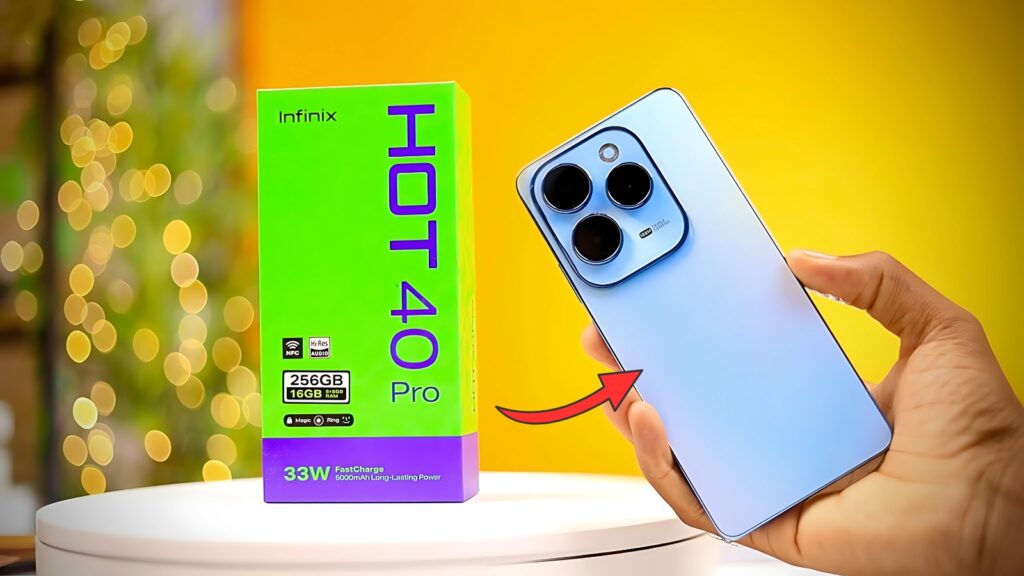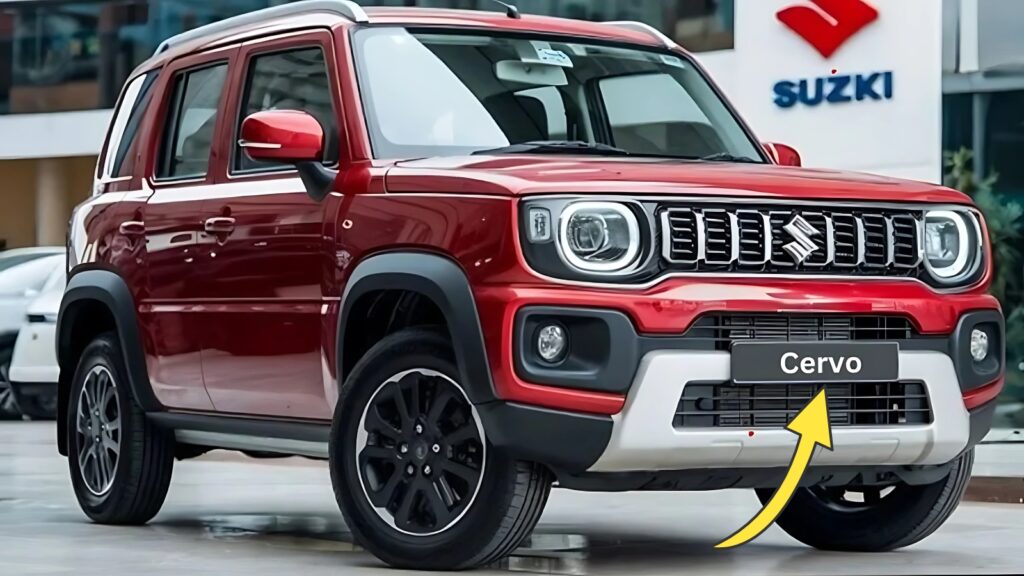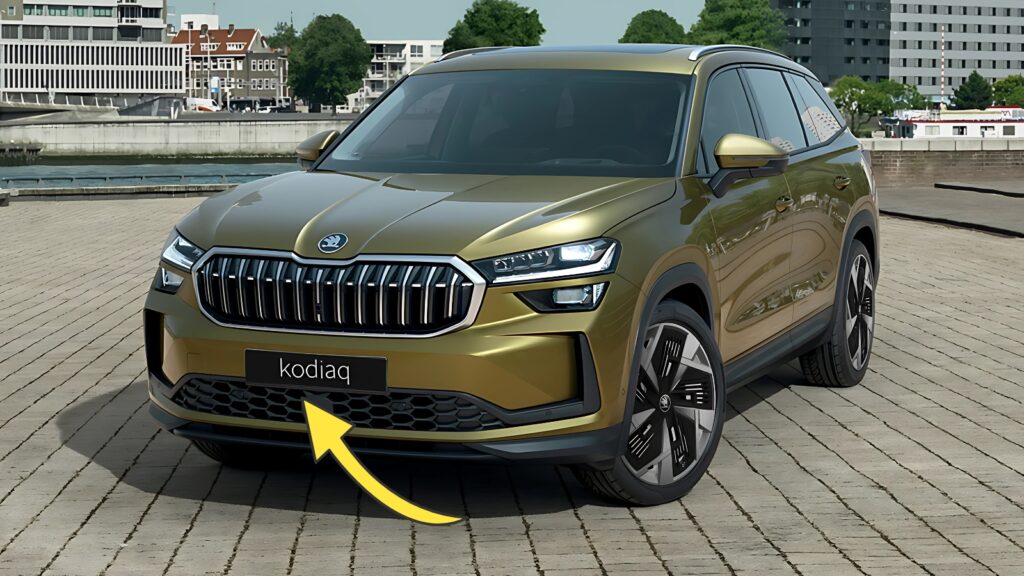Toyota Fortuner : Toyota has unveiled a new entry-level variant of its popular Fortuner SUV, making the prestigious model more accessible to budget-conscious buyers without compromising on its renowned reliability and performance capabilities.
The new Toyota Fortuner LX variant positions itself as the most affordable option in the Fortuner lineup, creating a more attainable entry point for customers looking to join the Fortuner family.
Industry analysts view this strategic move as Toyota’s response to increasing competition in the mid-size SUV segment, where rivals have been gaining market share with more affordable offerings.
The Fortuner LX maintains the muscular stance and commanding road presence that has made the model a favorite among SUV enthusiasts across global markets.
Toyota has carefully balanced cost-cutting measures with preserving the essential Fortuner DNA that customers expect from the brand’s flagship SUV offering in many markets.
Price and Value Proposition
The new base model Fortuner LX is priced approximately 15-18% lower than the previous entry-level variant, representing significant savings for potential buyers.
This aggressive pricing strategy aims to attract first-time Fortuner customers who previously found the model beyond their budget constraints.
Despite the reduced price point, Toyota has maintained core safety features and structural integrity that have earned the Fortuner its reputation for reliability and longevity.
The value proposition centers around providing the Fortuner experience with carefully selected feature omissions that most budget-conscious buyers would willingly sacrifice for the price reduction.
Market research suggests this new variant could expand the Fortuner’s potential customer base by up to 30% in key markets.
Engine and Performance Specifications
The Fortuner LX is powered by a refined 2.4-liter diesel engine producing 150 horsepower and 400 Nm of torque, slightly detuned from higher variants but maintaining respectable performance figures.
A 6-speed manual transmission comes as standard, with the automatic transmission option reserved for higher trim levels.
Fuel efficiency has been optimized to deliver approximately 14.2 km/l in combined driving conditions, making it economical to run despite its substantial size.
The rear-wheel-drive configuration comes standard, with four-wheel-drive capability reserved for higher-priced variants in the lineup.
Engine refinement and NVH (Noise, Vibration, Harshness) levels have been maintained close to those of premium variants, ensuring the driving experience remains genuinely Fortuner.
Feature Highlights and Omissions
| Feature Category | Included in Base Model | Reserved for Higher Trims |
|---|---|---|
| Safety | ABS, EBD, 3 airbags, rear parking sensors, hill-start assist | 6+ airbags, 360° camera, advanced driver assistance |
| Infotainment | 8-inch touchscreen, Bluetooth, USB connectivity | Premium audio, larger screens, connected car tech |
| Comfort | Manual AC, fabric seats, power windows | Automatic climate control, leather seats, sunroof |
| Exterior | Halogen headlamps, 17-inch steel wheels with covers | LED lighting, alloy wheels, chrome package |
| Convenience | Manual seat adjustment, tilt steering | Power seats, telescopic steering, keyless entry |
Toyota has maintained essential connectivity features including smartphone integration, recognizing the importance of tech features to today’s buyers.
The infotainment system retains core functionality while omitting premium features like integrated navigation and high-end audio components.
Safety has not been compromised, with all essential active and passive safety systems included as standard equipment.
Interior quality maintains the durability Fortuner is known for, with simplified materials and fewer soft-touch surfaces to achieve cost savings.
The third-row seating remains standard, preserving the seven-passenger capacity that family buyers demand in this segment.
Market Positioning and Strategy
Toyota’s strategic introduction of this variant directly challenges competitors like MG Gloster, Mahindra XUV700, and Tata Safari, which have been offering feature-rich packages at competitive price points.
The timing aligns with economic pressures faced by consumers in many markets, making it a calculated response to shifting market dynamics.
Dealers report strong initial interest, with pre-bookings exceeding expectations in the first week after announcement.
Market analysis indicates the potential for the base variant to account for up to 40% of total Fortuner sales in price-sensitive markets.
Toyota’s proven reliability record gives the base Fortuner a compelling advantage over less established competitors at similar price points.
Customer Reactions and Initial Reviews
Early customer feedback highlights appreciation for the more accessible price point while maintaining the Fortuner’s commanding road presence.
Professional reviewers note that the driving experience remains distinctly Fortuner despite the cost-optimized components.
Some criticism has centered around the absence of LED lighting and alloy wheels, which affect the premium appearance that Fortuner buyers have come to expect.
The simplified interior has received mixed reactions, with practicality advocates appreciating the durability while luxury-seekers noting the reduced premium feel.
Off-road enthusiasts express disappointment at the absence of four-wheel drive but acknowledge the price-performance tradeoff as reasonable for urban users.
Customization and Accessory Options
Toyota has introduced an expanded range of official accessories to allow base model buyers to personalize and upgrade their vehicles according to preference and budget.
Popular upgrade packages include exterior enhancement kits, interior comfort upgrades, and technology add-ons that can be installed at dealerships.
The modular approach allows customers to prioritize features that matter most to them rather than paying for a comprehensive higher trim package.
Third-party accessory manufacturers have already announced compatible product lines, expanding customization options beyond official Toyota offerings.
This customization strategy creates additional revenue streams for dealers while offering flexibility to budget-conscious customers.
Production and Availability
Production of the new base variant has commenced at Toyota’s manufacturing facilities with initial allocation focused on markets showing strongest demand.
Waiting periods currently range from 6-10 weeks depending on color choice and regional demand patterns.
Toyota has optimized production processes to maintain profit margins despite the lower price point, avoiding quality compromises.
Supply chain optimizations include increased localization of components in key markets to control costs and improve availability.
The company has announced plans to gradually expand production capacity if demand exceeds current projections.
Long-term Ownership Considerations
Toyota’s legendary reliability remains intact with the base model, with maintenance schedules and service costs identical to other variants.
The comprehensive warranty package matches higher trim levels, reflecting Toyota’s confidence in the durability of even its entry-level offering.
Resale value projections remain strong, though slightly below premium variants based on historical data from similar model stratifications.
Insurance costs are marginally lower than higher variants due to the reduced vehicle value and simpler feature set.
Long-term ownership cost analysis suggests the base variant offers the best total cost of ownership in the Fortuner lineup.
Competitive Analysis
The base Fortuner maintains significant advantages in build quality and powertrain refinement compared to similarly priced competitors.
Feature-for-feature comparisons with rivals reveal Toyota’s focus on mechanical excellence over gadgetry, appealing to buyers prioritizing longevity.
The Fortuner’s established brand equity delivers confidence that newer market entrants struggle to match despite aggressive pricing and feature loading.
Dimensional comparisons show the Fortuner offering more interior space than most competitors at similar price points.
Toyota’s extensive service network provides ownership peace of mind that many competitors cannot match, particularly in rural and remote regions.
Future Outlook and Model Evolution
Industry sources suggest Toyota is monitoring reception to determine if the strategy should be applied to other models in its global lineup.
Mid-lifecycle updates planned for the coming year will likely introduce additional features to the base variant based on customer feedback.
Electrification options are under consideration for future iterations, with the base variant potentially receiving hybrid technology to further improve efficiency.
The success of this pricing strategy may influence the positioning of the next-generation Fortuner, currently in development for launch within the next two years.
Toyota’s approach represents a potential industry shift toward more accessible premium offerings as economic pressures affect global automotive markets.
Toyota Fortuner Conclusion
The introduction of the affordable Fortuner LX variant demonstrates Toyota’s market adaptability while staying true to its core brand values of quality, durability, and reliability.
This strategic move addresses changing consumer priorities without diluting the essential Fortuner experience that has built its loyal following.
For budget-conscious buyers, the new variant represents an opportunity to access Toyota’s flagship SUV experience at a significantly more accessible price point.
Competing manufacturers will likely be forced to respond with their own value-oriented offerings, potentially benefiting consumers across the segment.
The Fortuner LX establishes a new benchmark for balancing premium brand values with accessibility in the increasingly competitive mid-size SUV market.
